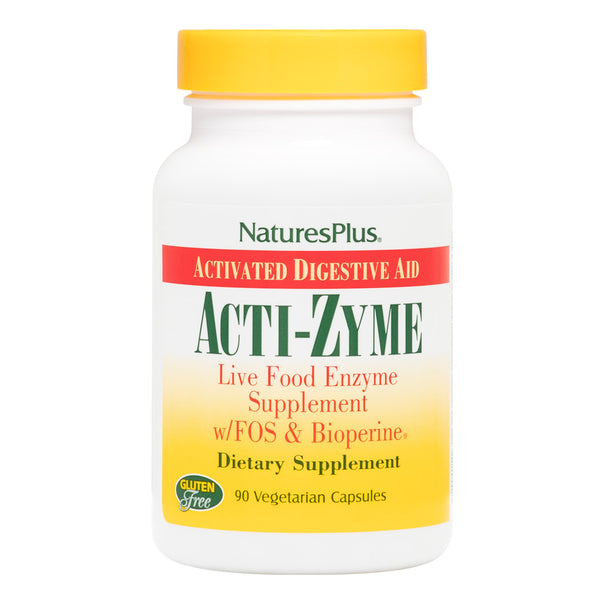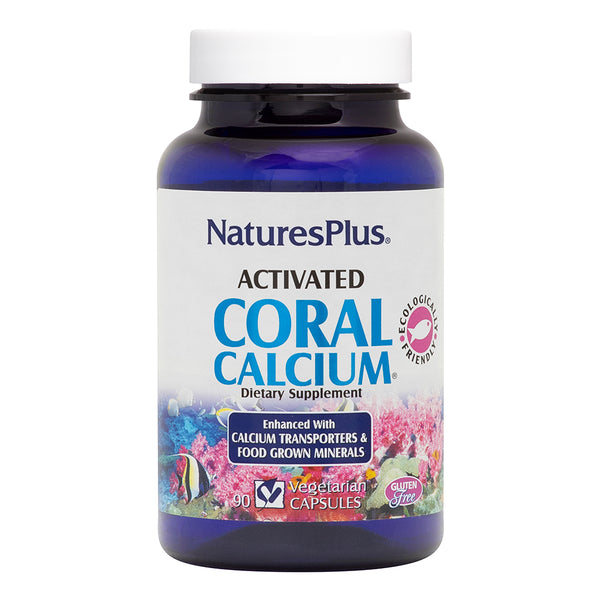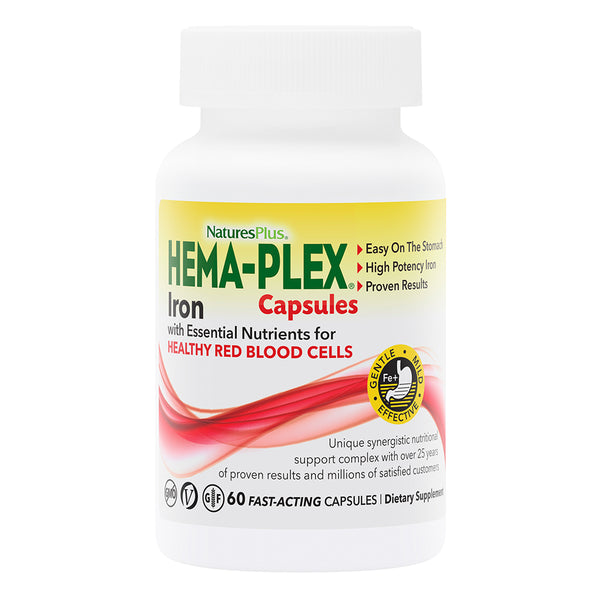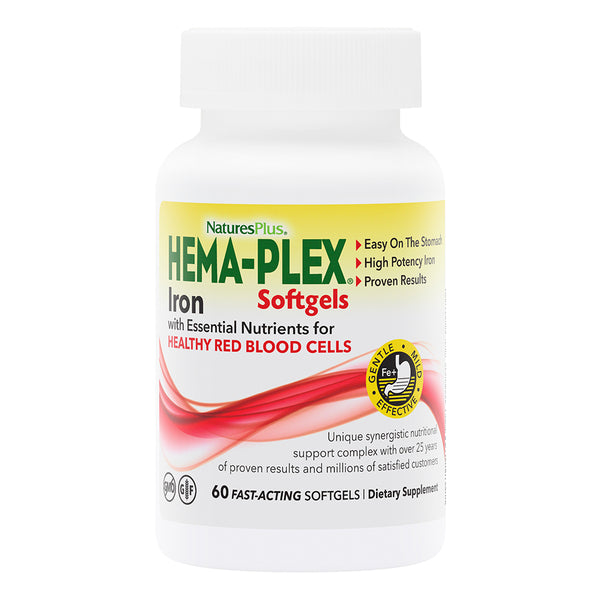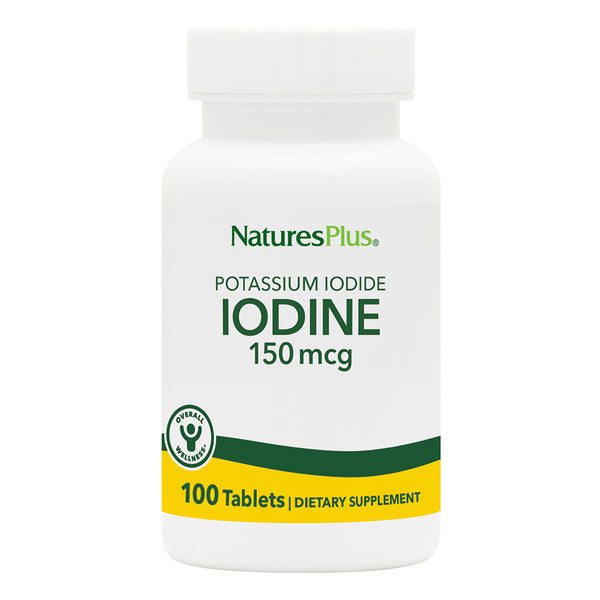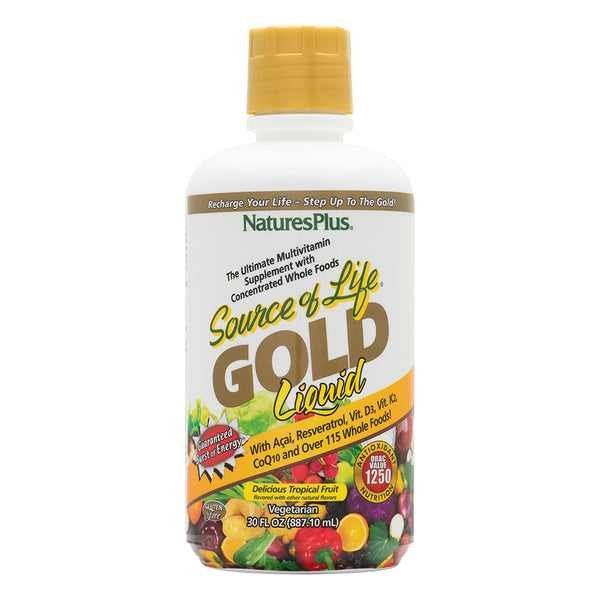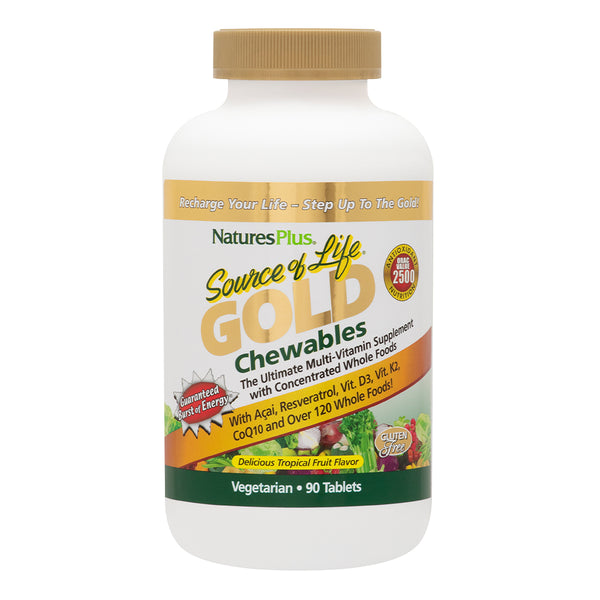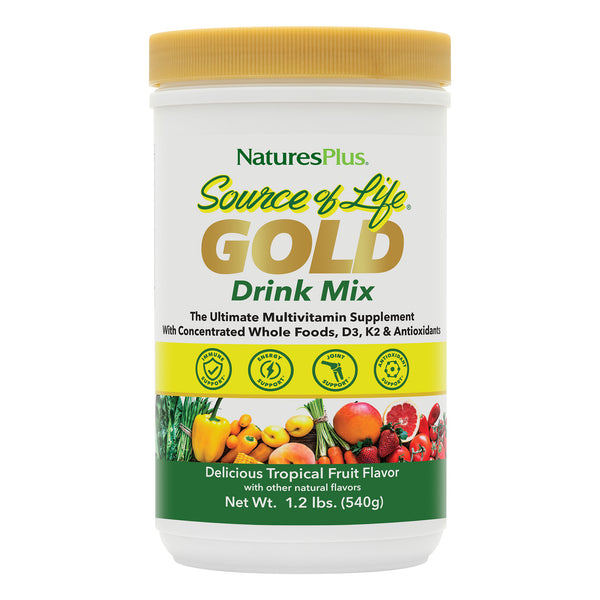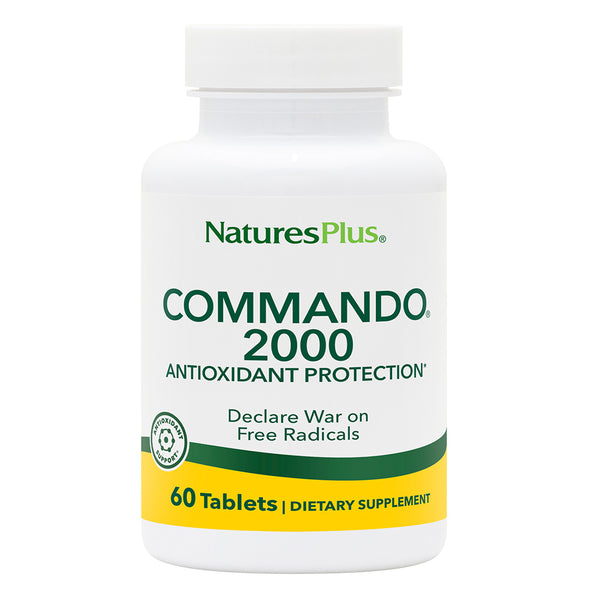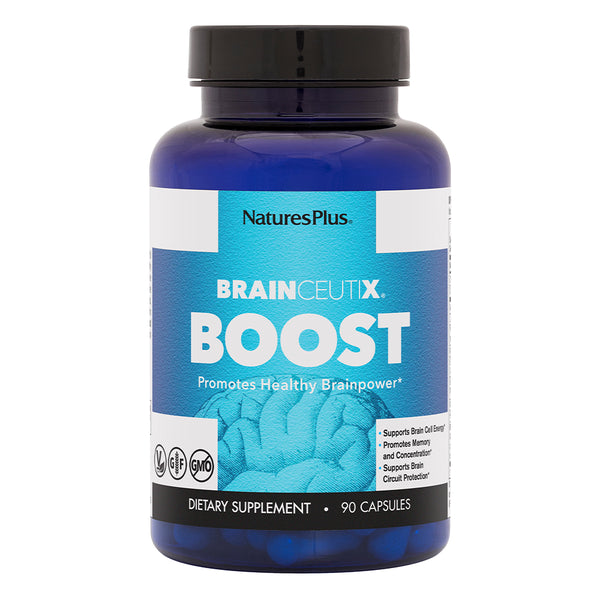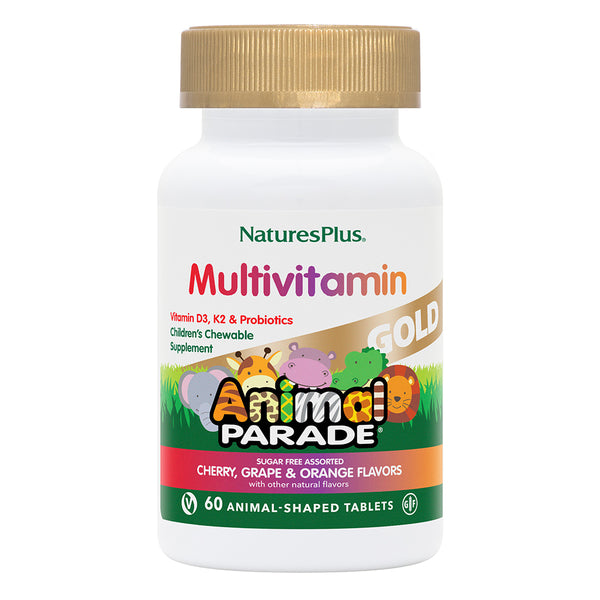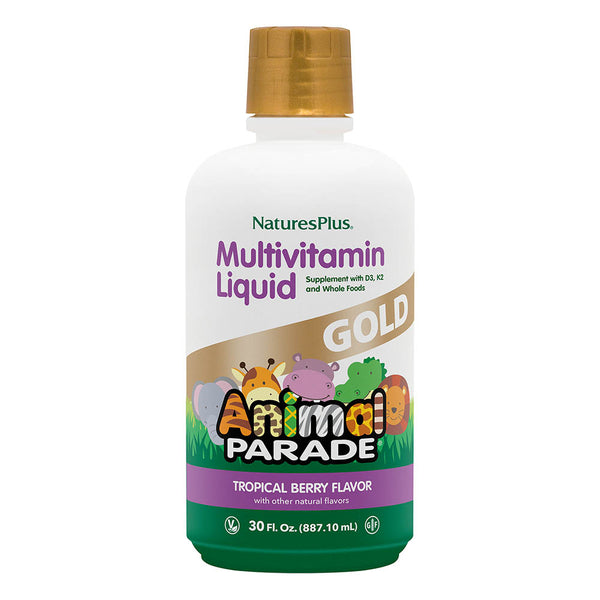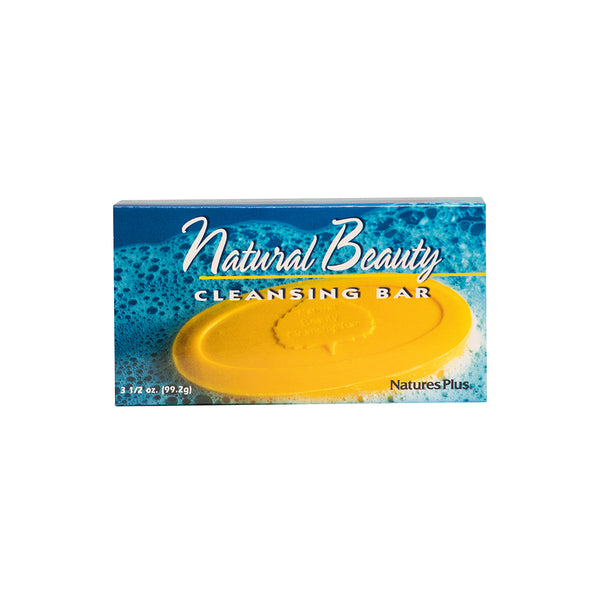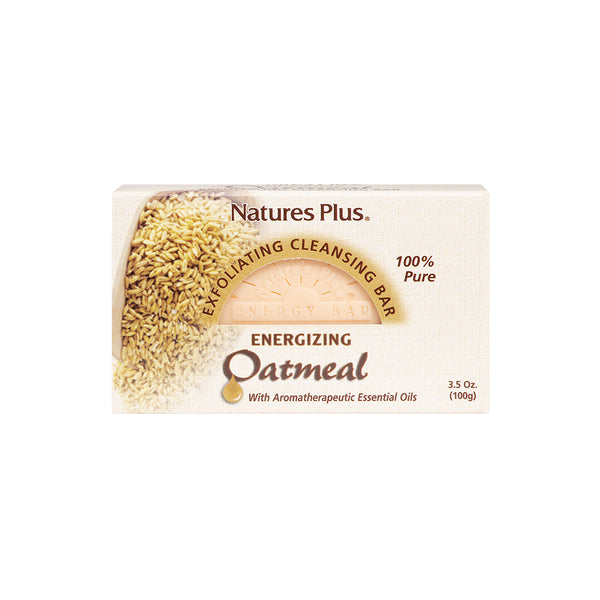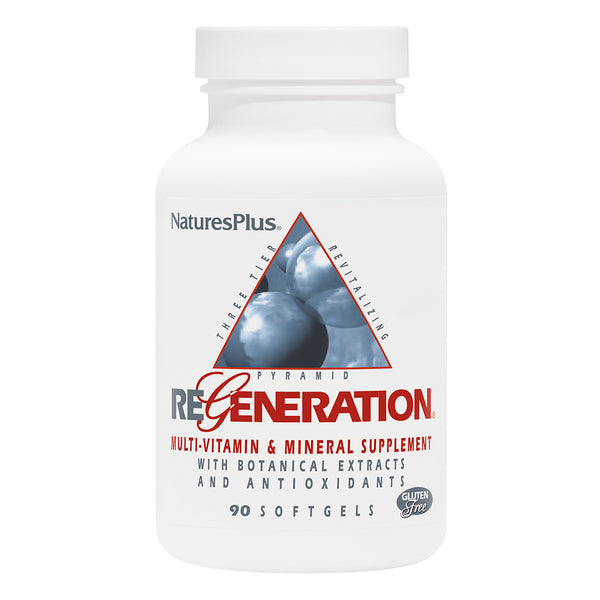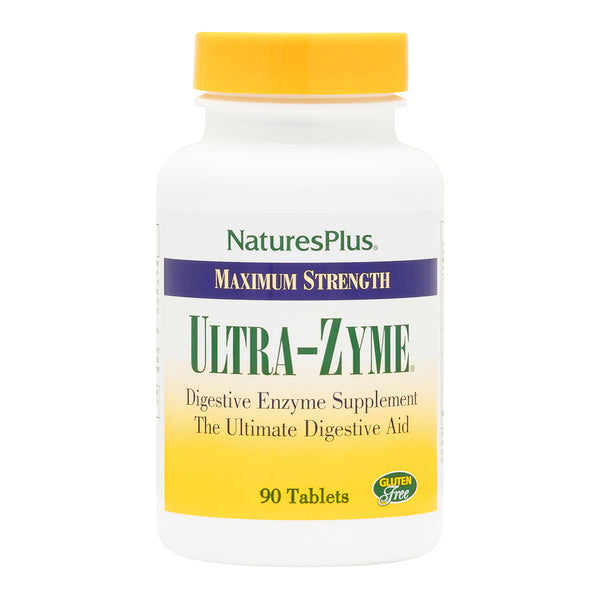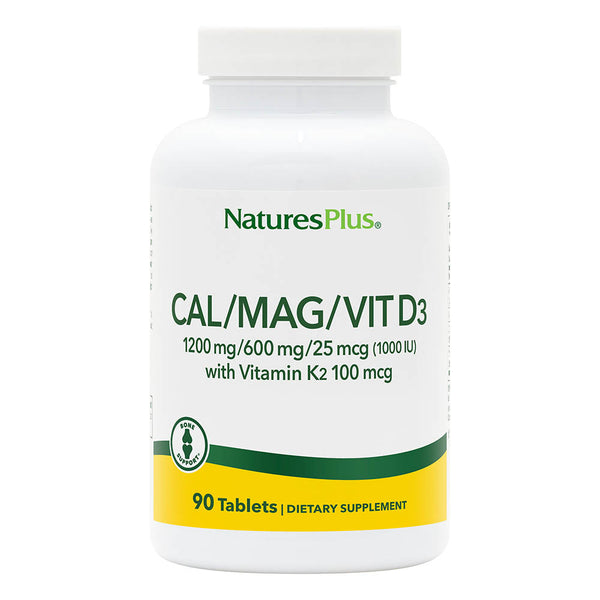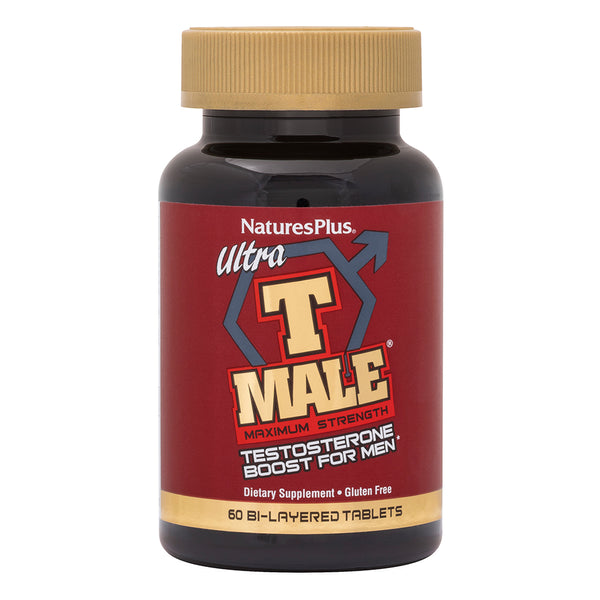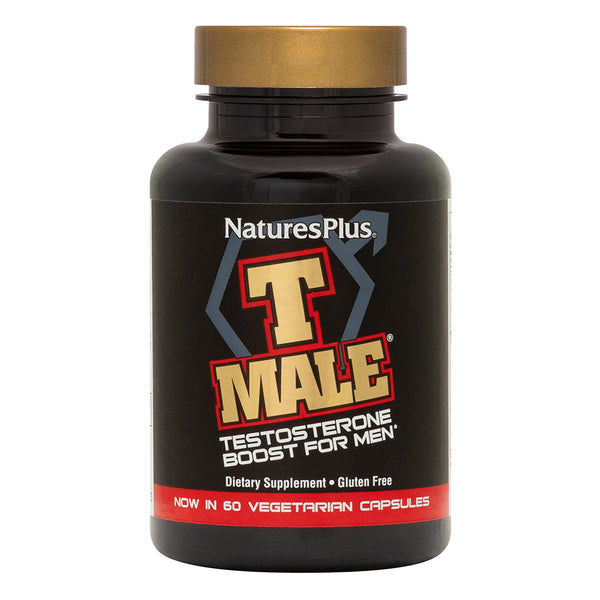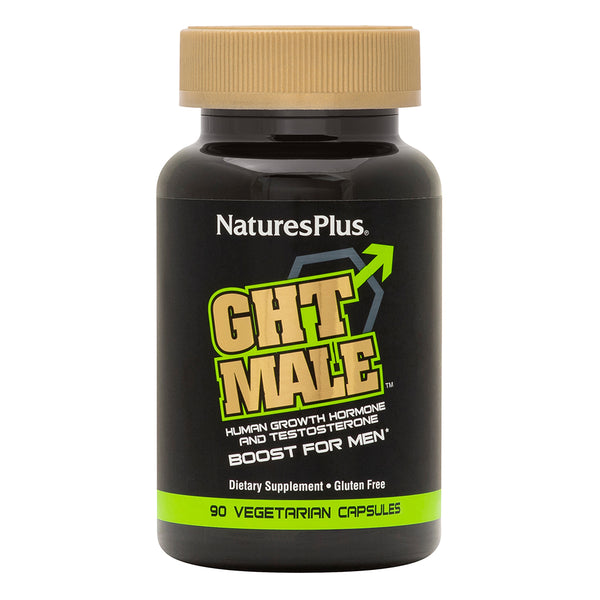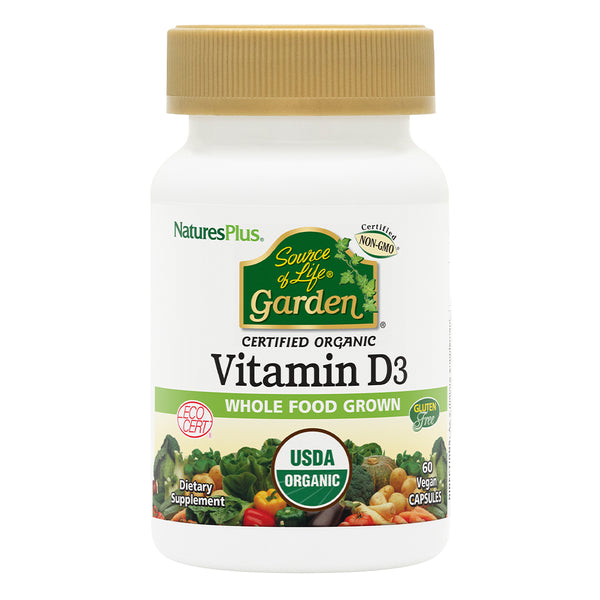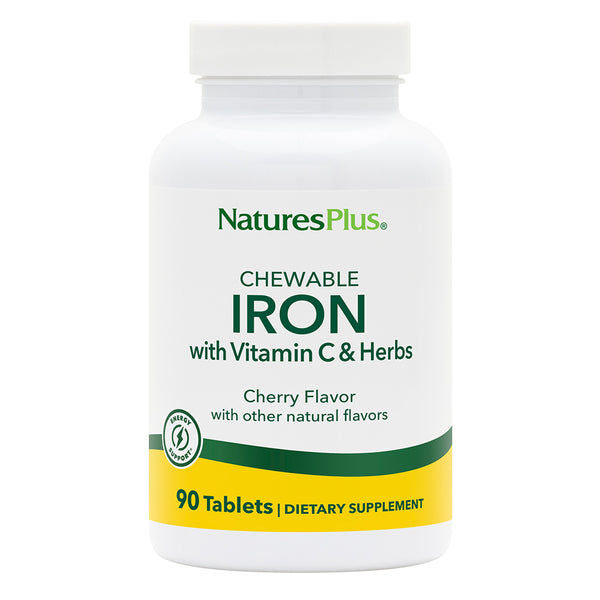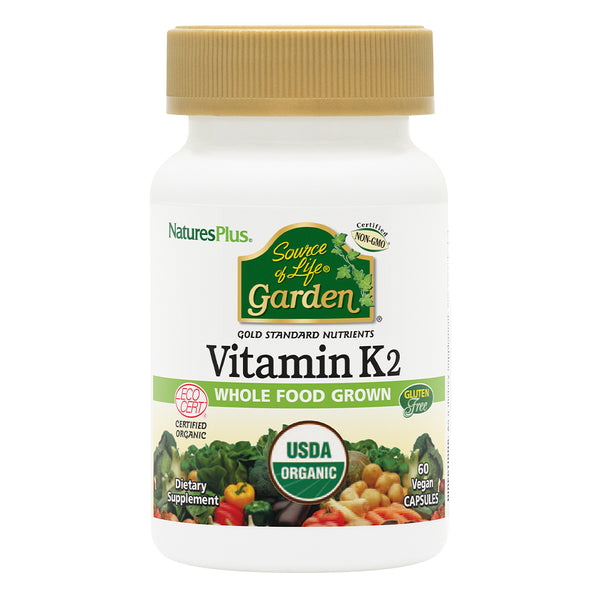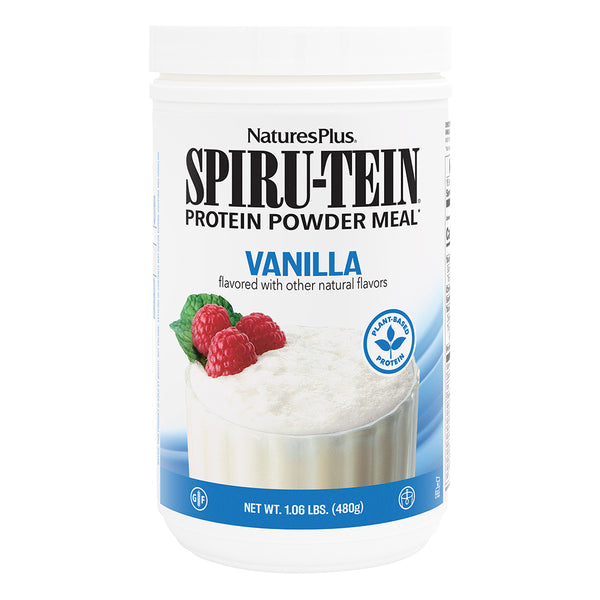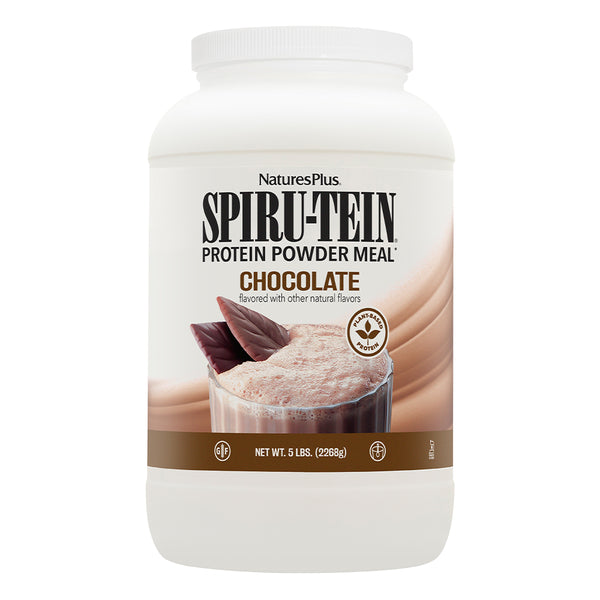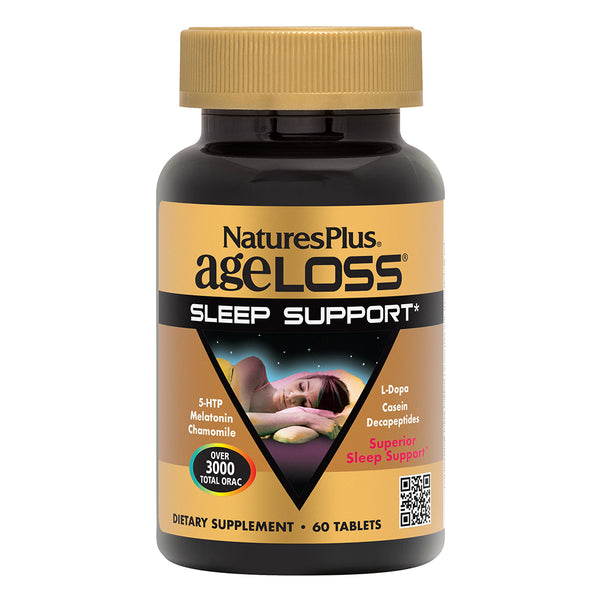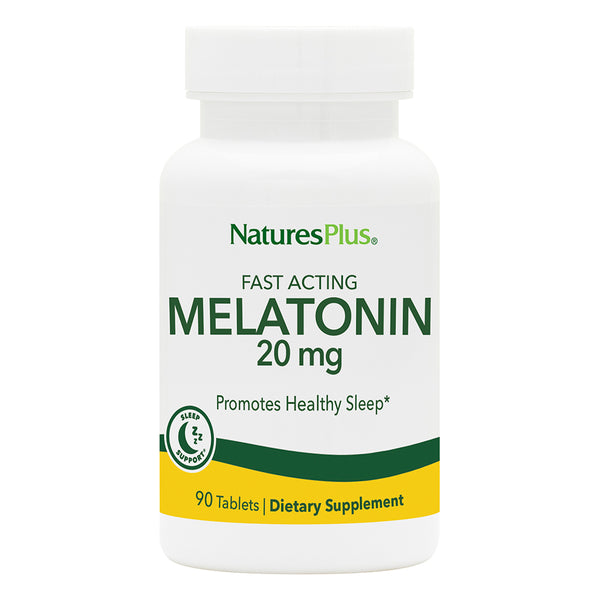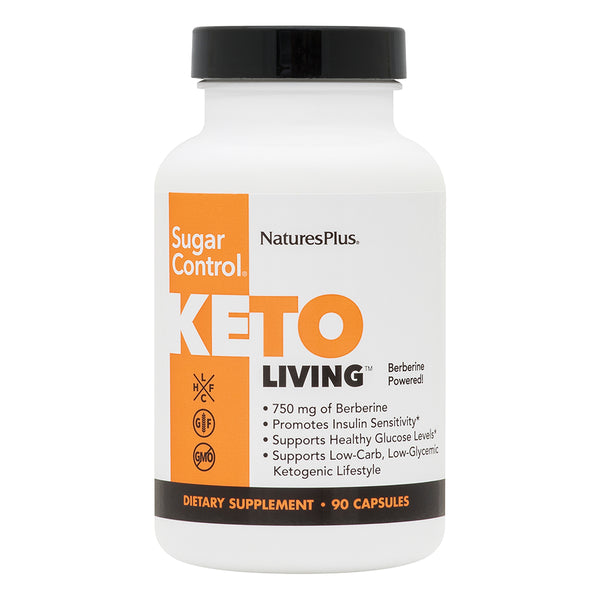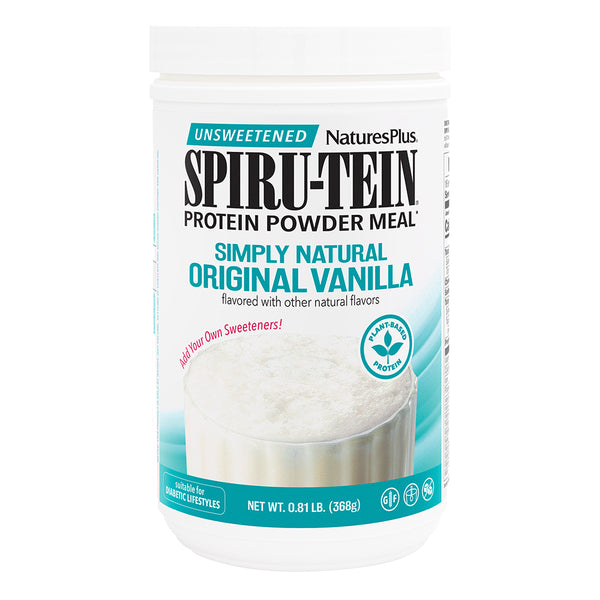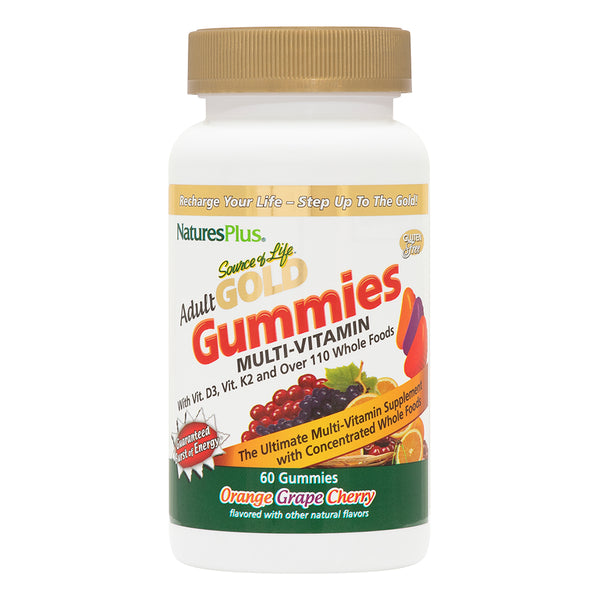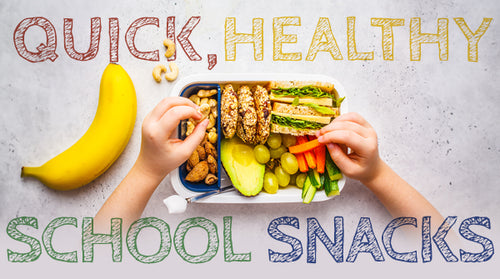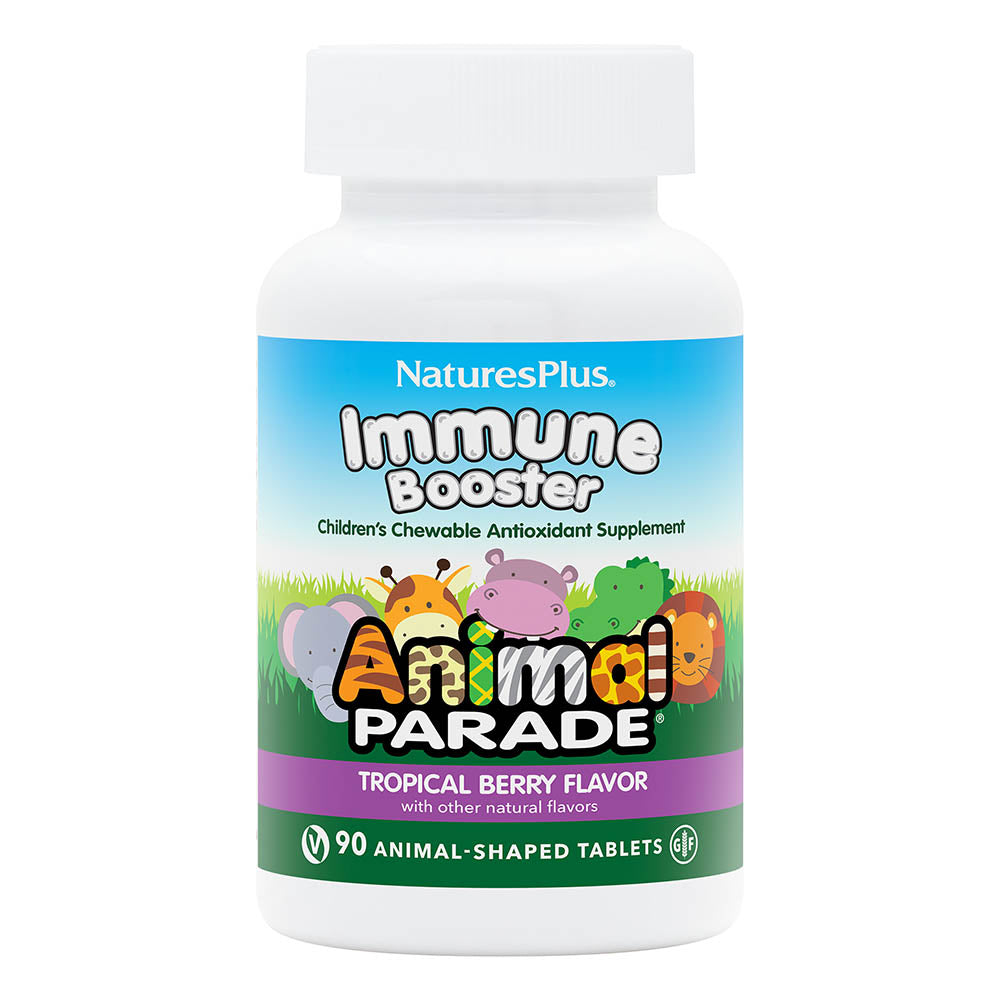The start of school brings new friends, fun times and excitement at what the year holds. So you want your kids to feel their very best so they are fully ready to learn.
A physical at the start of each school year should include checks to uncover any emotional, developmental or social concerns along with physical issues. “In general, we always look at height and weight to make sure the child is growing well,” says pediatricianDaniel Ganjian, MD, of Providence Saint John's Health Center in Santa Monica, California.
A few simple steps can reduce the risk of the most common health problems and ensure a productive and happy school year for your kids or grandkids.
Protect Children Against Germs
Even before the latest viral threat came along, keeping kids from getting sick has always been a major battle for parents. “Your biggest defense is also the simplest,” saysMichael Schmidt, PhD, professor of microbiology and immunology at the Medical University of South Carolina.
“Hand hygiene is the single best way to reduce the spread of illness in schools and childcare centers,” he says. “Remember to wash your hands before you eat and after you use the facilities.”
Effective hand washing involves more than a pass under the faucet, however. How to know when you’ve scrubbed long enough?
"Sing ‘Happy Birthday’ as you wash your hands," says Schmidt. "When you finish the chorus, you’re done.” And be sure to dry them thoroughly, he adds; sticky, wet hands pick up and transfer microbes to others.
Kids are never too young to learn about cleanliness. “The trick,” says Schmidt, “is to encourage toddlers to not use their hands to wipe their runny noses and to discourage them from rubbing their eyes before playing with communal toys.”
Help Children Get Fit
Your child doesn’t have to be involved in sports to risk injury at school.
"Lugging backpacks full of books (which can weigh more than 25 pounds), ‘tech neck,’ which refers to posture that comes from constantly looking down at electronic devices, and the hunched-over position many students adopt can all cause issues," says master trainerMark Nutting, CSCS.
“Hamstrings tend to get tight because they can’t keep up with the rapidly growing bones of teens,” Nutting adds. “This all adds up to a great deal of stress on the posterior of the body.”
Nutting recommends exercises that strengthen the back and postural muscles along with stretches that increase hamstring flexibility. “Exercising before school is a great way to fit it in and has also been shown to improve students’ grades," he says.
A few good ones to try:
- Supermans: Lie on the floor face down with arms reaching overhead. While keeping your head in line, lift the arms and chest as high as possible, then release back down to the floor. Repeat 10 to 12 times.
- Sit Talls: Sit on the front part of a chair and reach the top of the head toward the ceiling while pulling the chin in slightly as you try to lengthen your spine. Hold 10 seconds and repeat three times.
- Seated Hamstring Stretches: These can be done any time in school simply by straightening one leg, flexing that foot back toward the shin, lifting the chest up and leaning forward until a stretch is in the back of the straight leg. Hold for 30 seconds and then switch sides.
Nutting advises that parents help the whole family become more physically active. “Go for walks or bike rides after dinner, play sports together, go for weekend hikes or train for and participate in events such as obstacle courses or fun runs,” he says.
Help Children Eat Smart
Getting kids to eat healthy can be a real challenge, especially once they’re at school.
Use color and variety to plan nutritious snacks, says registered dietitianAmy Goodson, MS, RD, noting, “"Back-to-school snacks can be a great time to get in multiple food groups for young kids.” She suggests string cheese and whole grain crackers, a yogurt parfait with berries and granola or hummus and baby carrots.
“If snacks need to be backpack-safe, try an apple with a pre-packaged peanut butter cup, a whole-grain granola bar and a beef jerky stick or an almond butter-and-honey foldover sandwich,” Goodson adds.
Afterschool activities make for a longer day for teens and require slightly different planning.
“Mini-meals can help teens fuel their day at school and practice,” says Goodson. Good choices include a protein bar and an apple, a peanut butter-and-banana sandwich or turkey-and-cheese rollups with whole grain pita chips. Homemade energy bites and bars can also be great blends of protein, fat and carbs.
If your teen needs more calories, foods like nuts, trail mix and nut butters are great nonperishable additions, suggests Goodson.
Help Children Sleep Tight
After a summer of lazy mornings and no fixed schedule, transitioning to early wakeup times isn’t easy. Gradually easing kids back into an earlier time schedule by planning ahead can make the transition less painful.
“About two weeks before the first day of school, begin incrementally setting an earlier bedtime and wake time,” says neurologist and sleep specialistAllen Towfigh, MD, medical director at New York Neurology and Sleep Medicine. “This is usually 30 to 60 minutes earlier every three days until the wake time is the same as the expected time to get ready for school.”
Towfigh recommends other ways to help kids sleep:
- Limit or restrict electronics for two hours before bedtime
- Try to create a peaceful, calming routine in preparation for bedtime
- Make sure the bedroom is dark and comfortable and devoid of televisions, computers, phones or other distractions or light sources
- Make sure the temperature is comfortable
- Avoid caffeinated products for four to five hours before bedtime
Keep in mind that teens and children require different amounts of sleep. According to theAmerican Academy of Sleep Medicine, children 6 to 12 years of age should get between nine and 12 hours within a 24-hour period, while those ages 13 to 18 need eight to 10 hours.
Help Children Moderate Media Usage
Posting on TikTok, Snapchat and Instagram have become a major part of kids' lives—sometimes at the expense of their health and real-life social interactions.
“Media use has been shown over and over to cause depression and decrease concentration,” says Ganjian. “Parents should have a media use plan, how much time they will be on screens and how to use screens.”
TheAmerican Academy of Pediatrics suggests the goal for school-aged children and teens is to balance media use with healthy behaviors. Problems often start when media use replaces physical activity, face-to-face social interactions and hands-on exploration, activities important to learning.
The AAP recommends children ages 2 to 5 years limit screen use to one hour a day of high-quality programming. After that parents should place consistent limits on time spent using, and types of, social media, which should not take the place of sleep, physical activity and other behaviors essential to health. (You can learn more here and here.)
Encourage Children To Spend Time Outside
Children once spent summer days out of doors, whether exploring the neighborhood or simply finding shapes in clouds. Today, kids are much more likely to be inside on their electronic devices.
Journalist Richard Louv is troubled by this turn of events. Louv, the author ofLast Child in the Woods (Workman), has come up with the term “nature deficit disorder”to describe this phenomenon, which he blames on factors such as the loss of green space, an obsession with safety, educational pressures and the fascination of screens.
One theory of why children do better living an out-of-door life lies in what’s called the attention restoration theory. Most of the time we use directed attention, which lets us focus on tasks but also fatigues with use. Natural settings often contain elements that engage what's called involuntary attention, which is effortless; this allows directed attention to rest and recover.
Like this article? You’ll love our weekly newsletter
sign up here!
**These statements have not been evaluated by the Food and Drug Administration. This product is not intended to diagnose, treat, cure or prevent any disease.

